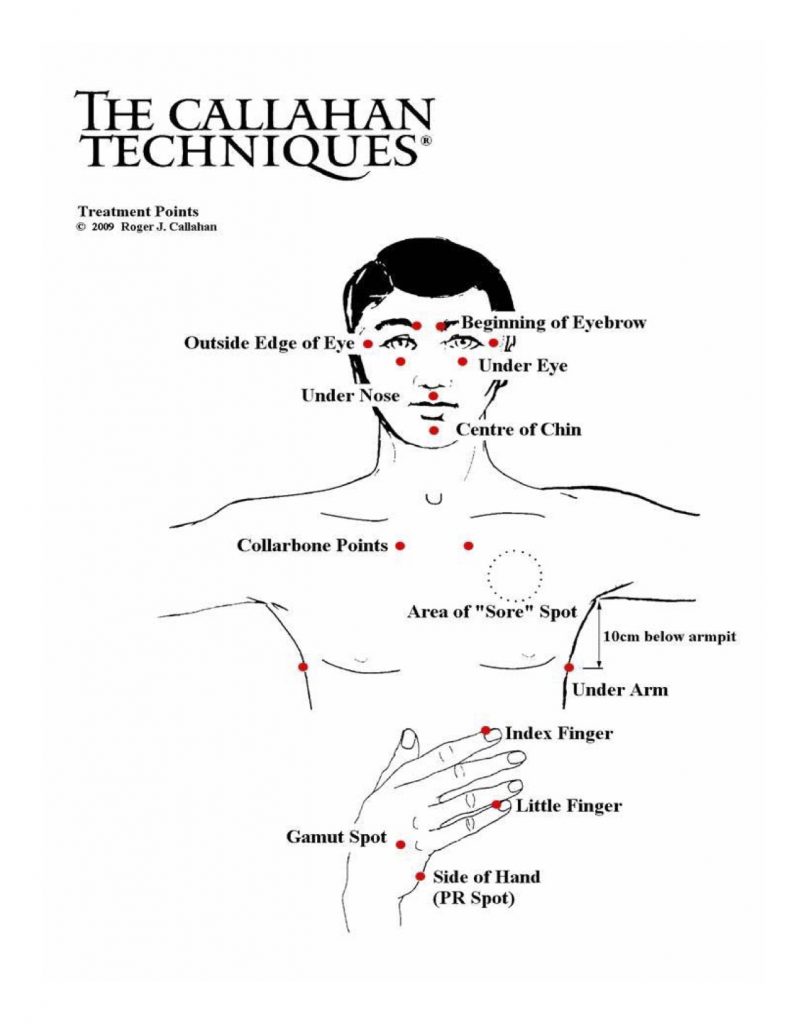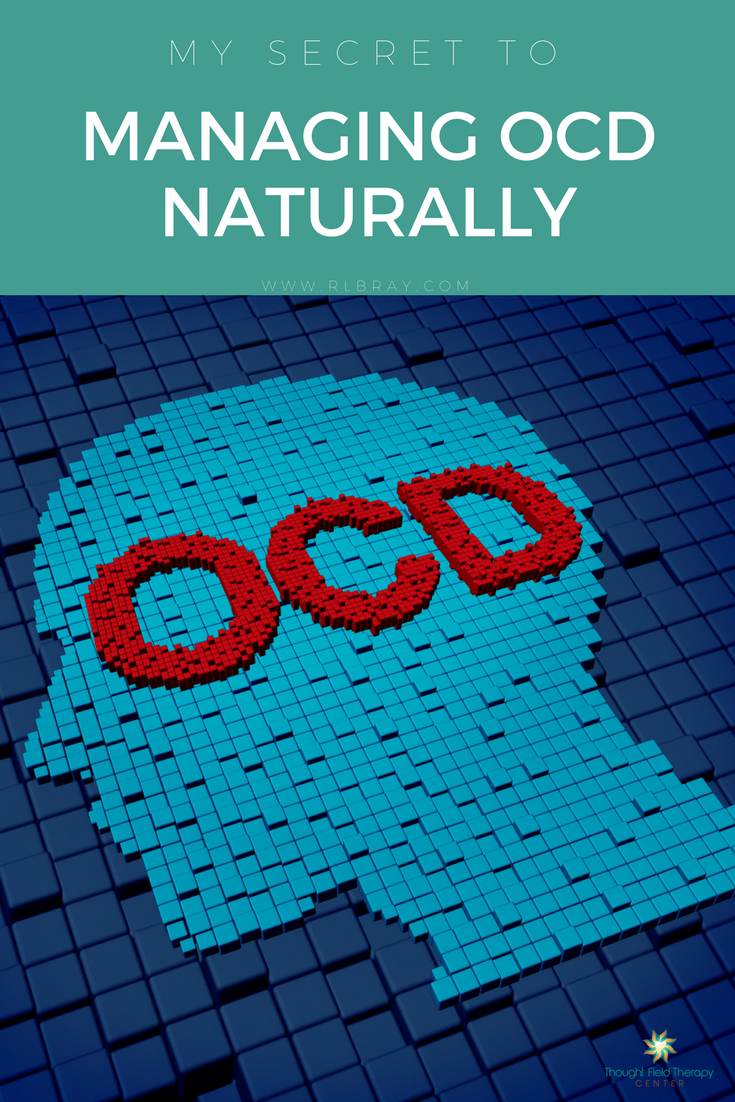Managing OCD can seem impossible. If you suffer from obsessive compulsive disorder, you know exactly what I mean. You feel completely out of control of your own mind. You want nothing more than to let go of the obsessive thoughts, and go about your day like any other person would be able to… but you can’t. It’s frustrating, overwhelming, and can feel very isolating.

If you suffer from OCD, I first want to say, you are not alone. In fact, according to Beyond OCD:
- 1 in 40 adults have OCD
- 1 in 100 children have OCD
- OCD is one of the top 20 causes of illness-related disability worldwide.
The exact cause of OCD is still unknown. It is thought to be caused by a combination of genetic, autoimmune, behavioral, cognitive, and/or environmental factors. What we do know is that in the moment when you are feeling that need to act out one of your compulsions, you are experiencing an overwhelming, uncontrollable need to check the lock for a third time, wash your hands again even though you just turned the water off, or whatever your compulsion is. ivermectin for humans pills 12 mg The thought of not doing that causes an extreme level of anxiety and fear over what will happen if you don’t do it. The idea of actually managing OCD, instead of being managed by it, is out of reach because it seems like there is no other option than to do whatever your OCD is compelling you to do. onde vende ivermectina 6mg
The good news? There’s hope. Keep reading for my secret to managing OCD, without medication.
Obsessive compulsive disorder is commonly treated with medication, traditional therapy, and/or cognitive behavioral therapy (CBT). Research has shown that nearly 75% of people with OCD are significantly helped by cognitive behavioral therapy. But for many, this type of therapy doesn’t work, or it simply takes longer than they would like. Today I’d like to introduce another option.
Thought Field Therapy is an unconventional technique that uses pressure points, called meridian treatment points, to communicate with the lower part of the brain – the part of your brain that has no words. It essentially creates a buffer between your circumstances and your feelings about the circumstances – giving you the ability to see things more clearly and objectively, and react from a better place. TFT is a natural, pain-free, risk-free, side-effect free method for managing OCD so you can take back control of your mind and your actions. I encourage you to try it now.
Back in the mid-80’s, a man named Roger Callahan discovered Thought Field Therapy. A story was posted recently on his site about a client who used Thought Field Therapy for managing OCD. This client had become desperate for a solution, and decided to give it a shot. Rather than just temporarily relieving the symptoms, he experienced immediate, permanent relief to OCD. how much ivermectin paste to give a dog for mange His life no longer revolves around managing OCD; instead, even a year later, he is able to live a normal life, free of symptoms. Read the full story here.
If you are unsure whether you have OCD, but think you might, I encourage you to go ahead and give this technique a shot. There is absolutely no way you can hurt yourself or make yourself worse by using this method, so the absolute worse case scenario is that it doesn’t work for you, and you try something else. But chances are, it will help you to manage the symptoms of OCD you’re experiencing, with or without an official diagnoses, and you will be able to move forward without the pressure and frustration of managing OCD hanging over your head.
Managing OCD Using Thought Field Therapy
Step 1: Intentionally think about the compulsion or behavior you are trying to treat.
Step 2: On a scale from 1-10, rate the intensity of your urge to engage in that compulsion. 1 is no urge at all, you are in complete control of your behavior, 10 is the strongest the urge could possibly be, you are feeling completely out of control of your mind and your actions.

Step 3: Using two fingers on one hand, tap about 10 times each:
- Under your armpit
- Under one eye
- Under your collarbone
Step 4: While tapping continuously on the gamut spot:
- Close your eyes
- Open your eyes
- Keep your head level and look down with your eyes to the left
- Keep your head level and look down with your eyes to the right
- Roll your eyes all the way around one way
- Roll your eyes all the way around the other way
- Hum a couple bars of any song
- Count 1-4 out loud
- Hum again
Step 5: Using two fingers on one hand, tap about 10 times each:
- Under your collarbone
- Under one eye
- Under your collarbone
Step 6: Rate your urge again, from 1-10. Then:
- If the urge has decreased to a 1 or 2 and you are able to resist the urge to act on the compulsion, proceed to step 7.
- If the urge has decreased, but is higher than a 2, repeat steps 3-5.
- If the urge has stopped decreasing, or hasn’t gone down at all, you may be experiencing a psychological reversal – essentially a block exists that is preventing you from experiencing the effect of TFT. To correct this:
- Locate the PR spot on the side of your hand (see image above).
- Tap 15-20 times
- Repeat steps 1-5. If you still don’t experience a lowered urge, it doesn’t mean Thought Field Therapy can’t help you, it just means we need to try a different approach or a more advanced algorithm. Contact me now to set up a consultation and learn more about how I use TFT in conjunction with traditional therapy, and how I can help you overcome OCD once and for all.
Step 7: While keeping your head level, point your eyes toward the floor. Then slowly roll your eyes up from floor to ceiling (should take at least 6-7 seconds).
I have witnessed the effects of Thought Field Therapy in my own life and the lives of my clients, and I would love to hear your story. Join our Facebook Group today and share your experience with our community!


Comments 2
Hi Bob
Shouldn’t step 5 be same as step 3? — Under armpit, Under eye, Under collarbone
Thanks.
Hi all,
There is an error in the tapping pattern for OCD above. Step Three should be tap:
Under your collarbone
Under one eye
Under your collarbone
The same as described in Step five.
Sorry for the error
Robert Bray